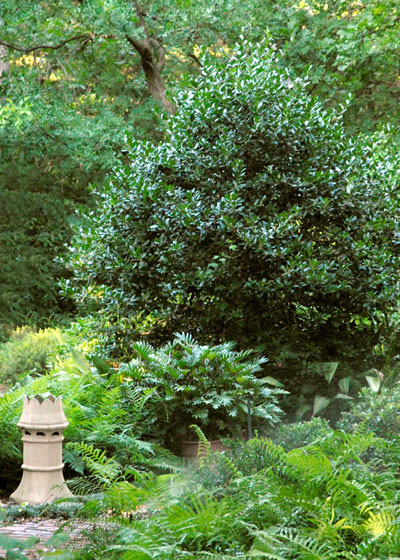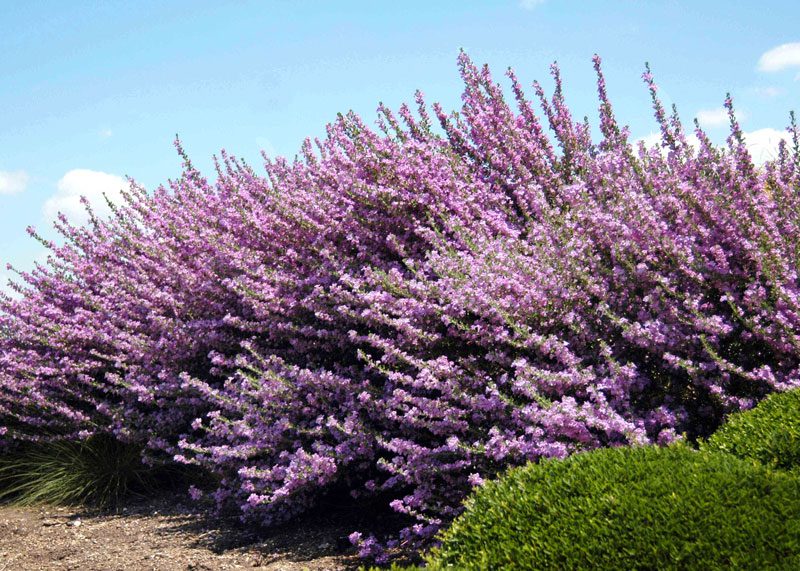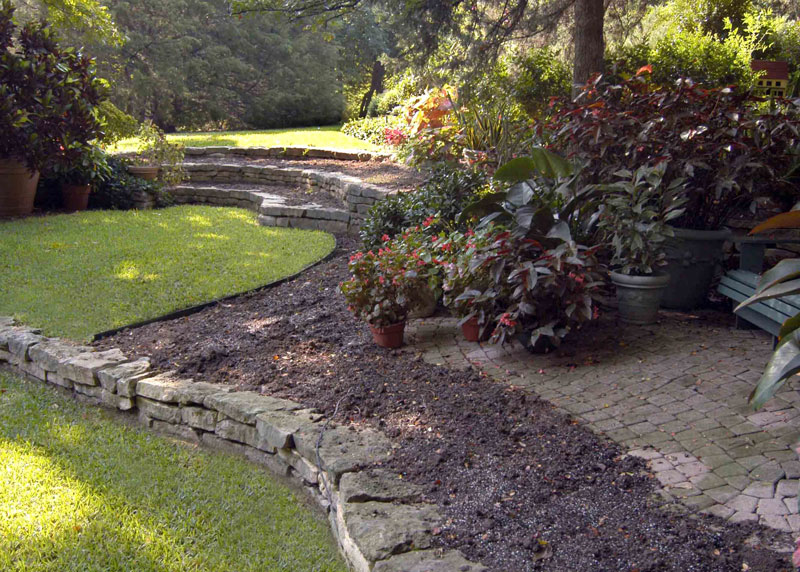Maximize Landscaping and Gardening Returns
By the time we hang up the tools at the other end of this 2024 gardening year we’d like to think that each of us has gotten the best results possible for the time, money, and energy we put into our efforts. Here are my candidates to help make that happen.

• Choose only the best plants – the healthiest specimens of the most highly rated species. If you’re unsure, do your homework and ask plenty of questions. Avoid impulse purchases.
• Buy where you’re talking to experts. That’s usually at a member nursery of the Texas Nursery and Landscape Association, and it’s probably going to be a Texas Certified (or Master Certified) Nursery Professional. Those are full-time nursery people who have studied long hours and passed difficult exams. They know their business.

• If you’re caught up in native plants, be sure they’re native to your locale. Just because a plant grows natively somewhere in Texas doesn’t give us assurance that it will thrive 600 miles away in some vastly different set of circumstances.
• Have a plan for your plantings. You wouldn’t go on a road trip without some idea of your destinations, and you shouldn’t start up a landscape without knowing what your goals are, either. It doesn’t have to be a blueprint, but it does need to be drawn to scale showing plants’ mature sizes.

• Give your plants the proper bed preparation. That’s especially critical for smaller plants with more limited root systems. Large shrubs, shade trees and turfgrass are going to have to grow with the soil you have natively, so choose types that are adapted. But for smaller types, work up that soil.
• Plant at the best time. That’s critical for annual flowers and vegetables. The window for those may be as small as a couple of weeks. For trees and shrubs, it’s pretty much year-round. For turfgrass, it’s late spring through early fall.
• Stake and guy new trees to be sure that they’re vertical. You don’t get an easy second chance if your tree goes out-of-plumb. Do it right the first time. And while you’re at it, protect the trunks of new trees with paper tree wrap to prevent sunscald and borer invasion. That’s non-negotiable with maples, pistachios, and red oaks.
• Water new plantings by hand for their first two years in your landscape. Drip and sprinkler irrigation alone will not be sufficient. Apply water equal to the size of the container from which the plant was planted every 2 to 3 days late spring through mid-fall, less often the rest of the year. (For example, a 20-gal. tree would get 20 gallons of water every 2 or 3 days.)
• Watch your plants closely. Learn what problems might befall each type of plant that you’re growing, then keep a sharp eye out for those problems through the seasons. Early diagnosis and treatment give much better controls.
